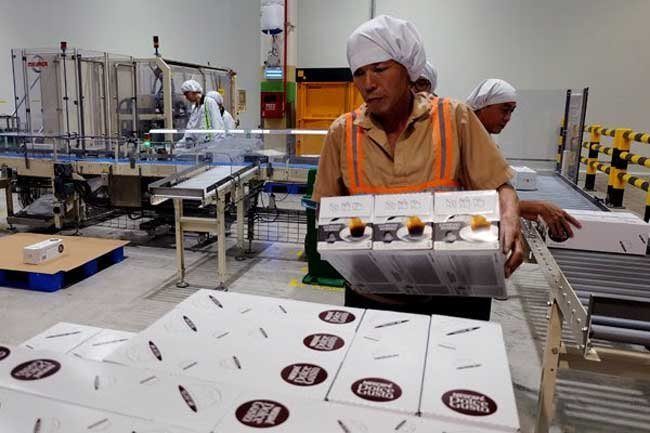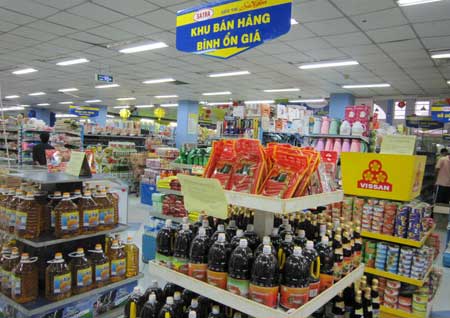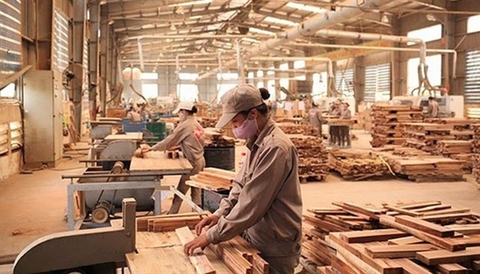Vietnam’s manufacturing sector improves slightly in July
Vietnam’s manufacturing sector improves slightly in July
A report by IHS Markit has indicated that the Vietnamese manufacturing sector continued to perform well at the start of the third quarter of the year, recording a further marked increase in new orders and production.

However, the rate of job creation softened. Input prices also increased at a weaker pace in July, with muted cost pressures helping feed through to another monthly reduction in selling prices, according to the report, which was released today, August 1.
The Vietnam Manufacturing Purchasing Managers’ Index (PMI) picked up to 52.6 in July from 52.5 in June. The reading signaled a further monthly improvement in business conditions, the 44th in as many months.
Manufacturing production rose sharply in July, with the rate of expansion quickening for the third month running to the fastest since last November. Firms indicated that they were often able to follow production plans, with higher new orders also contributing to output growth.
New business rose at a solid pace that was the fastest in 2019 so far, amid improving customer demand. However, the rate of expansion in new export orders softened to the joint-weakest in 44 months amid trade tensions between the United States and China.
Besides this, solid increases in new work added to pressure on capacity for Vietnamese manufacturers. Backlogs of work rose for the second month running.
Firms responded to the greater output requirements by taking on additional staff for the third time in four months. However, the rate of job creation was only slight and weaker than in June.
Andrew Harker, associate director of IHS Markit, said the latest PMI data for Vietnam points to ongoing success for Vietnamese manufacturers in July, with new business growth recorded as the fastest year-to-date.
This was despite the joint-weakest rise in exports for 44 months as the U.S.-China trade dispute hampers global trade flows. If anything, firms are not currently able to expand output quickly enough, as evidenced by a second successive rise in work backlogs.
“Should the PMI remain around the current level for the rest of the quarter, PMI-based estimates suggest that manufacturing output will be set for further double-digit year-on-year growth in the third quarter of 2019,” Harker maintained in the report.
Expectations of higher new orders over the next 12 months resulted in continued optimism among manufacturers that production will expand over the coming year. Sentiment picked up from the previous month, with more than half of all respondents optimistic over the 12-month outlook.
Confidence in the near-term outlook, alongside increases in current workloads, encouraged firms to expand their purchasing activity in July. Input buying rose sharply and at a broadly similar pace to the previous month.
Despite the strong increase in purchases, preproduction inventories were broadly unchanged as inputs were used to support production. Meanwhile, stocks of finished goods increased slightly, ending a two-month sequence of depletion.
Finally, suppliers' delivery times improved for the third month running in July, albeit only marginally and to the weakest extent in the current sequence of shortening lead times.




















